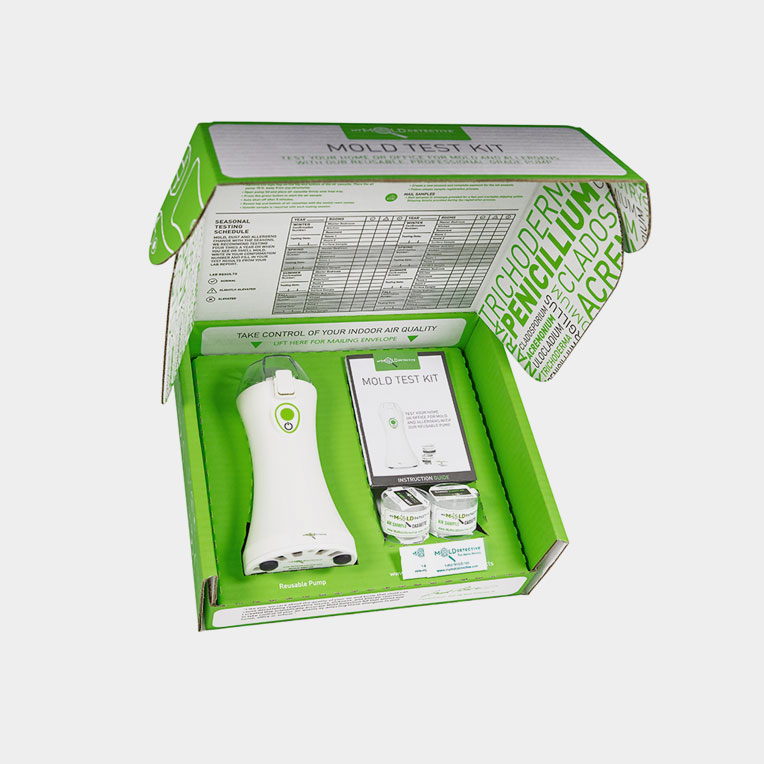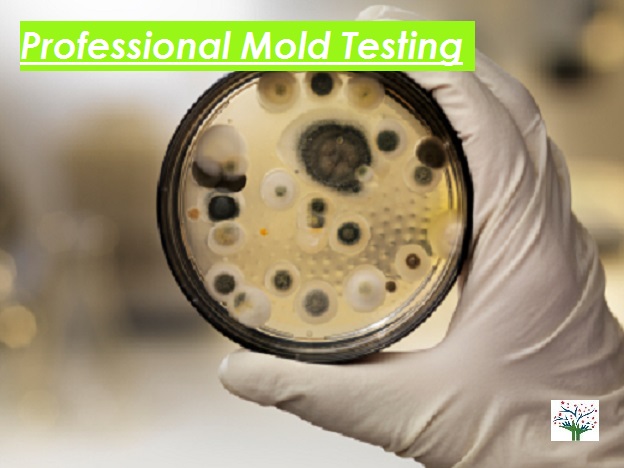Mycotoxin testing Services: A Key Component in Risk Monitoring Approaches
Mycotoxin testing Services: A Key Component in Risk Monitoring Approaches
Blog Article
Just How Mycotoxin Testing Aids Protect Against Contamination and Safeguard Food Supplies

Mycotoxin screening is an indispensable technique in the food sector, working as a frontline protection against contamination by dangerous contaminants created by molds. Via the application of innovative methods like High-Performance Liquid Chromatography (HPLC) and Fluid Chromatography-Mass Spectrometry (LC-MS), food manufacturers can precisely identify and quantify mycotoxin levels in agricultural products. This proactive strategy not just ensures compliance with rigorous safety policies however also minimizes health and wellness threats to consumers. Regular testing strengthens brand online reputation and monetary health by lowering contamination-related events. Just how exactly do these testing procedures integrate into the more comprehensive food safety technique?
Understanding Mycotoxins
Recognizing mycotoxins begins with recognizing that they are harmful additional metabolites produced by specific molds, which can contaminate agricultural items. These metabolites are not essential for the development or recreation of the fungis however can have serious ramifications for human and animal health and wellness. Mycotoxins are frequently located in staple plants such as corn, wheat, barley, and nuts, where they can multiply under details problems of wetness and temperature.
There are a number of sorts of mycotoxins, each produced by different fungal species. Aflatoxins, produced by Aspergillus species, are among one of the most well-known, understood for their carcinogenic buildings. One more considerable group consists of ochratoxins, created by Aspergillus and Penicillium types, which have nephrotoxic effects. Fusarium varieties create trichothecenes and fumonisins, both of which are linked with numerous acute and persistent health and wellness issues.

Risks of Mycotoxin Contamination
The threats of mycotoxin contamination are multifaceted, posing substantial hazards to both food security and public health and wellness. Mycotoxins, toxic substances generated by certain sorts of fungis, can pollute a large range of farming products including grains, nuts, flavors, dried fruits, and coffee. Once these contaminants infiltrate the food supply, they can lead to significant health and wellness issues such as liver damages, kidney failure, and also cancer. Susceptible populations, including youngsters, the senior, and immunocompromised people, are particularly in jeopardy.
Economic influences are another significant problem. Polluted plants can result in considerable financial losses for farmers and food manufacturers because of lowered yields and the demand for costly decontamination measures. International trade can be substantially prevented as nations enforce strict mycotoxin policies to secure their populaces, leading to rejected shipments and strained trade connections.
Ecological variables such as environment change exacerbate the threat of mycotoxin contamination. Variations in temperature level and humidity can develop beneficial conditions for fungal growth, enhancing the probability of contamination events. Therefore, understanding and mitigating these risks are important for making certain the safety and stability of worldwide food materials.
Techniques of Mycotoxin Evaluating
Precisely determining mycotoxin contamination in farming items is necessary for guarding public wellness and preserving food security requirements. Various methods are used to detect and evaluate mycotoxins, each offering details benefits and constraints.
High-Performance Fluid Chromatography (HPLC) is a commonly used approach as a result of its high level of sensitivity and precision. It involves dividing mycotoxins from other substances in our website an example, making it possible for precise quantification. In A Similar Way, Fluid Chromatography-Mass Spectrometry (LC-MS) combines fluid chromatography with mass spectrometry to supply in-depth molecular information, making it specifically valuable for identifying numerous mycotoxins all at once - Mycotoxin testing Services.

Gas Chromatography-Mass Spectrometry (GC-MS) and Thin-Layer Chromatography (TLC) are also employed, each with unique applications. GC-MS is effective for unpredictable mycotoxins, while TLC offers a simpler, cost-effective choice for initial testing.
Benefits of Regular Examining
Normal testing for mycotoxins in agricultural products offers many advantages, substantially adding to public wellness and food safety. By determining contamination early, regular testing helps protect against the circulation of toxic foods, thus lowering the threat of mycotoxin-related ailments among consumers. This aggressive technique not only safeguards human wellness but additionally improves the overall top quality of food materials.
Consistent screening likewise supports regulative compliance. Various nations and regions have actually established stringent limitations for mycotoxin levels in food and feed. Sticking to these limits via routine screening guarantees that vendors and producers fulfill legal criteria, thereby staying clear of penalties and profession obstacles. Preserving conformity cultivates consumer trust fund and brand track record, which are critical for market success.
In addition, normal mycotoxin testing can bring about considerable financial advantages. Early detection of contamination enables timely intervention, have a peek here lowering possible losses from widespread contamination. Executing routine testing methods can additionally minimize recall costs and related liabilities, which can be financially devastating.
Additionally, regular testing offers important data that can inform much better farming methods and storage space conditions. By comprehending patterns of contamination, producers can adopt preventive steps, thus contributing and lowering future threats to the sustainability of the food supply chain.
Applying Examining Methods
Carrying out reliable mycotoxin screening procedures is vital for making certain the safety and security and high quality of agricultural products. Developing a robust testing structure includes several essential steps, beginning with the identification of potential contamination factors within the manufacturing and supply chain. This includes pre-harvest, post-harvest, storage, and circulation phases. Each phase has to be inspected to identify where mycotoxin contamination is probably to happen.
Once essential control points are recognized, picking ideal testing techniques is necessary. Typical strategies include enzyme-linked immunosorbent assay (ELISA), high-performance fluid chromatography (HPLC), and mass spectrometry (MS) Each method has its weak points and toughness; therefore, picking the correct one relies on the specific mycotoxin being examined, the needed level of sensitivity, and available sources.

Lastly, incorporating the testing procedures into a thorough food security monitoring system is a good idea. This enhances traceability and makes it possible for swift rehabilitative activities when contamination is identified, consequently safeguarding the stability of the food supply chain.
Verdict
Mycotoxin screening is necessary in protecting against contamination and guarding food products by making it possible for early discovery of hazardous contaminants produced by mold and mildews in farming products. Advanced approaches such as HPLC and LC-MS ensure conformity with security laws and protect customers from wellness risks. Routine screening boosts brand track record, economic stability, and count on food safety by lessening contamination-related losses i was reading this and keeping high standards in food production. Carrying out strenuous screening protocols is therefore critical for the sector's total well-being.
Mycotoxin screening is a crucial technique in the food sector, offering as a frontline defense against contamination by hazardous toxins created by molds. An integrated approach entailing farming methods, storage management, and normal testing can minimize the threats connected with mycotoxin contamination, making sure food security and public health and wellness.
The risks of mycotoxin contamination are multifaceted, positioning considerable risks to both food safety and security and public wellness.Routine testing for mycotoxins in farming items supplies countless advantages, considerably contributing to public wellness and food security.Mycotoxin testing is essential in protecting against contamination and securing food materials by making it possible for very early detection of unsafe toxic substances produced by mold and mildews in farming items.
Report this page